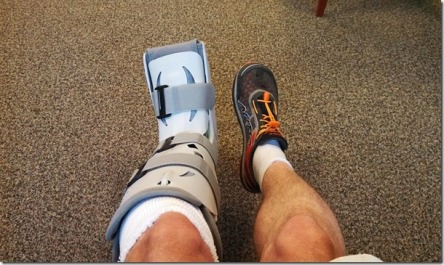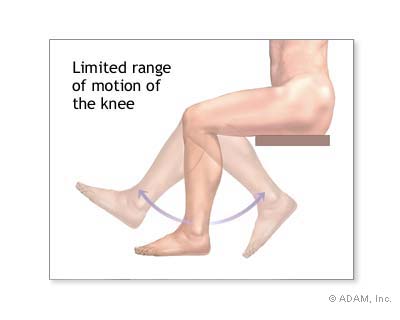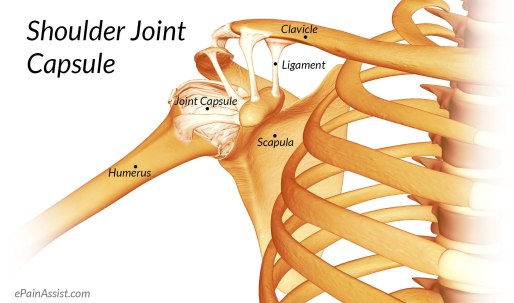Whether you are an Olympic Gold champion or a recreational athlete who has just began his/her quest to complete a local 5K, the odds of enduring some type of injury is very high. Depending on the severity of the injury, the recovery process can be long and arduous, taking days, months or even years. Unfortunately, there is no guarantee that every athlete will return to full health; however, thanks to advancements in technology and in the medical world, most people are in fact returning to the activities or sports that they love. The question then becomes this:
When is the right time to resume training and at what intensity/duration?
I’ve been involved in the running & track community for over 16 years and if I have learned one thing, it is that we are part of a strong group of committed, disciplined, hard-working, and admittedly so CRAZY individuals. Who else volunteers to run 26.2 miles straight with 12 week buildups of morning runs, late night workouts, and often times 20+ mile Sundays? My point is, try convincing an athlete who is coming back from a long injury that they can only train at 10% of their typical volume and intensity, or that they have to wait another week, OR that they need to cross-train first etc.

OK, so how should I come back from an injury?
There are SO many variables when returning from an injury. Here are some guiding principles that should be used when assessing and reacclimatizing an athlete to training.
No pain or discomfort allowed: If you feel any pain or discomfort when you are resuming your train, you are not ready!
How long were you off?: If you missed two years of training, your buildup is going to be much slower vs. if you only missed three days.
Decreased strength, range of motion, joint tightness: Often times during injury, an athlete thinks or is told that the answer to recovery is to simply do nothing for a prolonged period of time. Say for instance, you are in a cast for 3+ months with no motion, no pressure or loading on the limb, and zero movement; how do you think that limb will feel once the cast is removed? That athlete should not begin training until the range of motion is improved, the strength is regained, and the joint has normal movement!



Increase proportionally: As a former math teacher, I am a firm believer at looking at the numbers. I have always known the rule of thumb for running is to increase a workload by no more than 10% on a weekly basis. I believe this can be applied to most activities!
Maintenance: Just because you are feeling good again, don’t take it for granted! Do the little things to keep yourself healthy for a prolonged period of time. Our HS athletes are asked to stretch, foam roll, ice bath, heat, massage, strength (resistance band), core, plyo, or rest on a weekly basis to prevent any future injuries from happening.
Don’t have any regrets, keep up with the maintenance!
Be flexible: Do you feel something coming back? Then rest. Are you midway through a workout which planned on doing 8 intervals and after 4 it doesn’t feel right? Then stop! Did you get zero sleep one night, having a long day at work, and feel like a workout would be more detrimental? Then sleep!
Athletes tend to get so caught up in the numbers! Don’t let the numbers ruin your training!
PATIENCE: Be patient. When in doubt, do less. Don’t make any mistakes that will put you out again; being injured is not fun!
Listen to the professionals: If you disagree with your doctor, a second opinion is always fine. However, don’t completely ignore their advice. They are the ones that see the injuries on a daily basis!

Thanks for reading!
Dave

Very good read. As a coach and former sprinter your advice is spot on. As long as the athlete truly understands that the gains attained from body maintenance, resting and recovery can be equal to the work it seems re-injury can be prevented.
How do you as a coach monitor / hold back the “rogue” Athlete?
LikeLike
great Read !! very important to follow these guidelines before you resume activity.
LikeLike